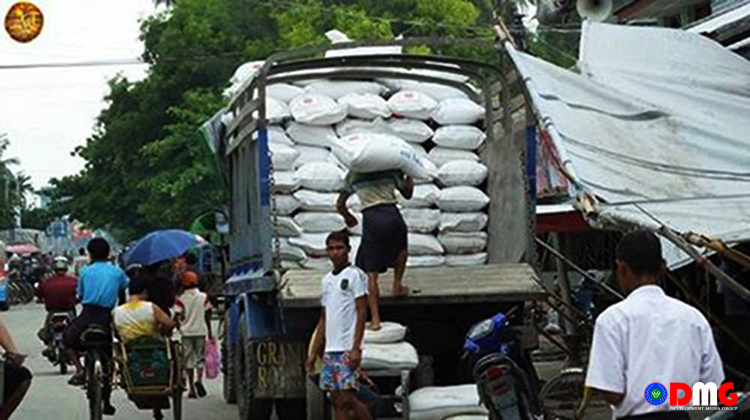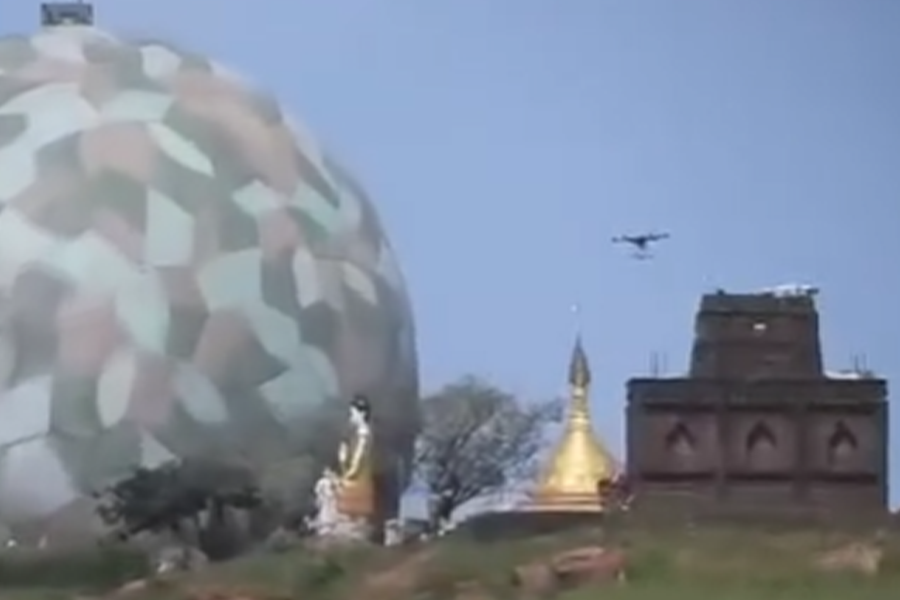- Junta unable to hold elections in dozens of wards and village-tracts in Sittwe, Kyaukphyu
- Fighting escalates between Myanmar military, Arakan Army in Ayeyarwady Region
- Regime steps up civilian arrests in Sittwe
- ULA safeguards Mrauk-U's ancient heritage
- Arakan on the Edge: What the DMG Landmine Impact Report Reveals About Myanmar's Deepening Humanitarian Crisis
Arakan’s rice traders face restrictions
“We export our rice abroad, for foreign trade, that’s not a problem. But, if we want to transport rice within Arakan State from one township to another township, we need to get the authorities’ permission from the township administration office.
17 Jun 2019

Thet Naing | DMG
Since the Tatmadaw and the Arakan Army have been fighting in Arakan State, the trade and shipment of rice and paddy from northern Arakan State is under local authorities’ consent, said U Shwe Tun Aung, chairperson of Rice and Paddy Traders’ Association in Arakan State.
“We export our rice abroad, for foreign trade, that’s not a problem. But, if we want to transport rice within Arakan State from one township to another township, we need to get the authorities’ permission from the township administration office. If we cannot get the go-ahead, we cannot transport our rice,” he said.
He added that they cannot get township administrator’s approval if they want to send rice to Buthidaung.
In other parts of Myanmar, rice can be transported without restrictions, so it is an unusual situation for Arakan State he said, adding that trading can be done smoothly only if goods can be transported without restrictions from one area to another area.
The control on rice transports in Arakan State started in May, and it’s not known how long the restriction period will be in effect, so it could harm the rice market, the chairperson said.
“Rice is mainly grown in Kyauktaw, Mrauk-U and Minbya Townships. Sittwe is one of the townships that needs to get rice. If we face difficulty shipping rice to Sittwe, consumers will suffer from a lower supply of rice and the cost of rice may increase,” he predicted.
The DMG phoned U Kyaw Lwin, state minister for Agriculture, Livestock and Forestry, for comments about the restrictionss on rice trading in Arakan State, but he could not be reached because he was on trip.
A hundred baskets (one basket weighs 46lb) of Aemahta rice in Arakan State is K550,000 while Pawsanmhway is priced at K1.3 million. It is slightly higher in central Myanmar.








9 M.jpg)








